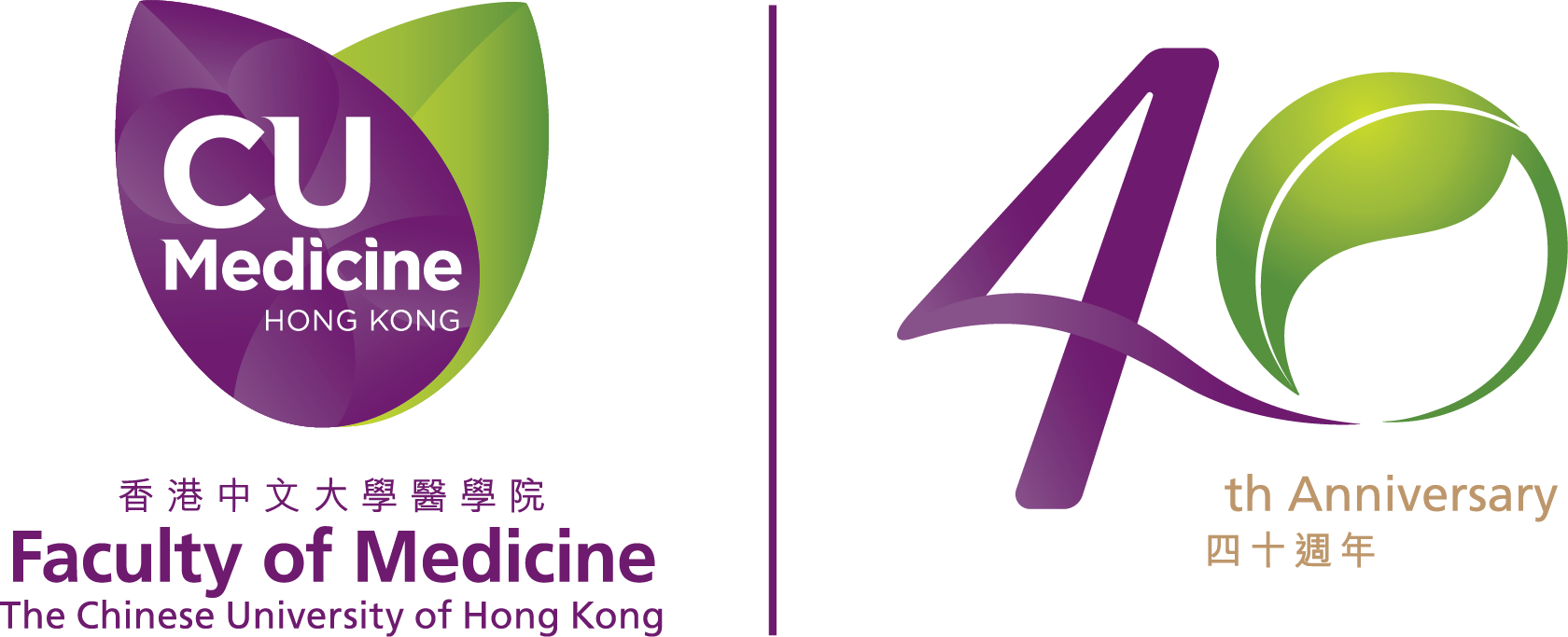Intensive Care
Introduction | PWH ICU good practice guidelines | HKCA Documents | JFICM Documents | Learning acute medicine with S-BEL
Introduction
The ICU is a Level III multidisciplinary Unit as defined by the College of Intensive Care Medicine (CICM) of Australia and New Zealand. It provides care for all specialties including general medical, general surgical, neurosurgical, cardio-thoracic and burns cases. It is administered by a Director who is supported by eight specialist Intensivists. All of our specialists have either Fellowships in Intensive Care from the Hong Kong College of Anesthesiologist (HKCA) or Fellowships in Critical Care Medicine from the Hong Kong College of Physicians. Most of our specialists are also fellows of CICM. We currently have nine full time trainees in our unit. Additional staffing is provided by specialist and trainee anaesthetists. The unit is accredited for the full two years of higher vocational training in intensive care by the HKCA and as a C24 unit by CICM.
There are 23 operational ICU beds, representing 1.5% of hospital beds at Prince of Wales Hospital. There are over 1,700 ICU admissions annually with a mean length of stay of 3.5 days. Neurosurgical patients accounts for 20% of admissions. The mean APACHE II score is 17 and the ICU mortality is about 3.4% (standardized mortality ratio using ANZROD of 0.83). The ICU is also responsible for resuscitation services within the hospital. There is an active educational and clinical research programme resulting in a prolific publication record.
PWH ICU good practice guidelines

Welcome to our PWH ICU good practice guidelines website. These guidelines have been developed with the aim of improving efficiency and safety in patient care, promoting evidence-based clinical practice and to facilitate the daily running of our busy intensive care unit. The authors are all doctors from our unit, and they are identified at the footnote of each document. As guidelines go, we are still in the childhood stage; with time you can expect more topics to be added to our content page and pre-existing ones updated and revised as warranted by the evolution of medical knowledge, technology and practice.
Some of the documents are Protocols, and they are so titled. Protocols represent a standard approach to practice within our unit and must be followed. Majority of the documents are Guidelines; these are designed to assist in clinical management and courses of intervention are recommended on an evidence-based approach. Although you are strongly advised to adhere to them, guidelines are not entirely inclusive or exclusive of all methods of reasonable patient care. Ultimately, these guidelines must be applied based on individual patient situation using professional judgement.
S-BEL is a teaching package designed to teach medical students or junior doctors how to manage acute illness. The full package consists of preparatory material, electronic lectures and SimMan based simulator scenarios.
The S-BEL module was developed by the Dept of Anaesthesiology and Intensive Care and Diagnostic Radiology and Organ Imaging, The Chinese University of Hong Kong with the assistance of a Teaching Development Grant.
The structure of the S-BEL module is as follows
- Preparation - Manual and accompanying CD-rom delivered to students two weeks prior to scenario exposure
- The manual has 10 chapters introducing students to knowledge required for the recognition and management of acute illness and provides some knowledge on topics related to the scenarios that have been developed
- The accompanying CD-rom includes high resolution radiological images to accompany the manual, and five supplementary electronic recorded lectures on core topics.
- Simulation � student groups of 4-6
- Acute medicine scenarios of approximately 10-15 minutes duration each
- Each student group repeats the scenario until each member has had an opportunity to be a team leader/in charge doctor
- Debriefing/feedback using recorded material requires 60-90 minutes per group
- Each group requires approximately 4-5 hours to successfully complete the scenario teaching and debriefing
- Costs and requirements to run an S-BEL package
- No licence or other fees are charged for the use of the teaching package, however some conditions for free use of the package must be agreed prior to use
- It is necessary to access to a SimMan simulator to be able to run the scenarios
- All materials required to teach the S-BEL module can be requested by contacting Gavin Joynt at gavinmjoynt@cuhk.edu.hk



